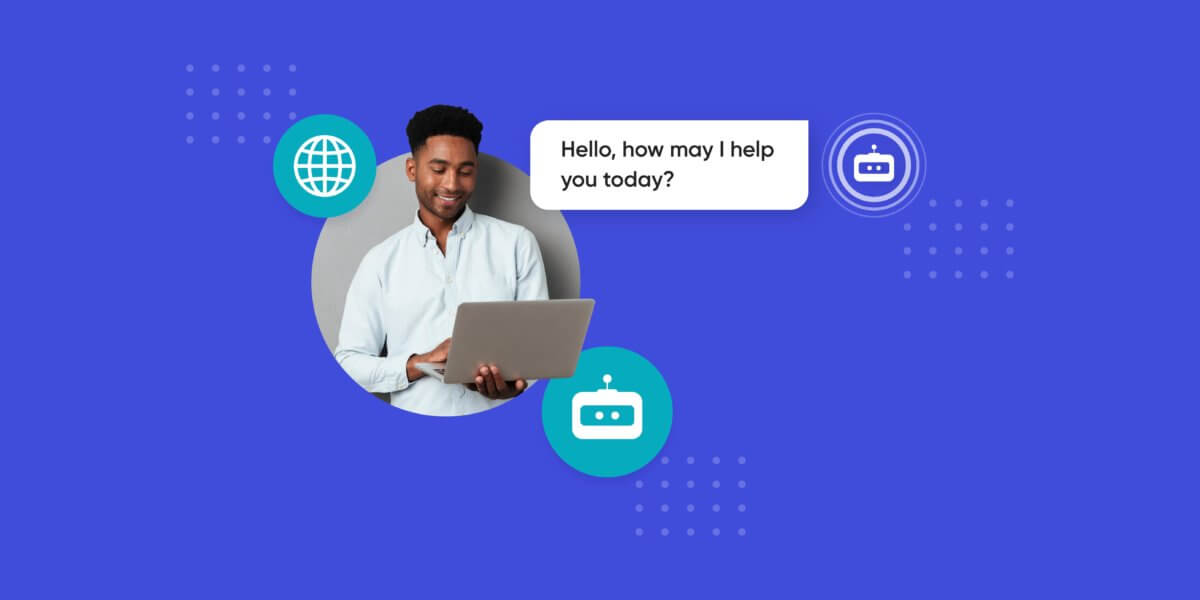In today’s digital age, your website is often the first point of interaction between your business and potential customers. It’s not just about attracting visitors; it’s about converting these visitors into loyal customers. Understanding and optimizing website conversion is crucial for a smooth-running sales funnel.
Table of Contents
Key Takeaways
- Effective website design and content strategy are key to converting visitors.
- Technical optimization and analytics play a significant role in improving conversion rates.
- Advanced strategies like personalization and social proof can significantly boost conversions.

Understanding Sales Funnels and Website Conversion
The Concept of Sales Funnels
A sales funnel represents the journey that potential customers go through to become actual customers. In the digital world, your website serves as a critical component of this funnel. It’s where interest is sparked, decisions are influenced, and actions are taken.
Website Conversion: More Than Just Traffic
Website conversion goes beyond mere visitor numbers. It’s about how effectively your website can turn these visitors into customers. This involves everything from the site’s design to its content and functionality.
Designing for Conversion: The Essentials
User Experience (UX) and Conversion
The user experience on your website directly impacts conversion rates. A site that is easy to navigate, quick to load, and pleasing to the eye encourages visitors to stay longer and engage more, increasing the chances of conversion.
These factors also influence search ranking. If you have a website where people spend more time ie they are more satisfied, Google, Bing and other search engines are more likely to recommend your website by moving it up their search results rankings.
The Role of Content in Conversion
Content is the voice of your website. Effective content guides visitors, providing them with the information they need and nudging them toward conversion points like contact forms, product pages, or sign-up sheets.
Content can answer questions, address concerns, or provide social proof of claims. Used correctly, good content moves customers down your funnel. If it is not organized well and is unclear what message is trying to be conveyed it can just as easily move potential clients out of a sales funnel.
Technical Aspects of Conversion-Optimized Websites
Website Performance and Loading Times

A slow-loading website is a conversion killer. Optimizing for speed is not just about improving user experience, but also about boosting your site’s search engine rankings, which in turn can lead to more traffic and conversions.
Mobile Optimization
With the increasing use of mobile devices, having a mobile-optimized website is no longer optional. A mobile-friendly site ensures that users on any device have a positive experience, which is vital for conversions.
Leveraging Analytics for Continuous Improvement
Utilizing Website Analytics
Website analytics tools provide valuable insights into how visitors interact with your site. Understanding these patterns is essential for making data-driven decisions to enhance the site’s effectiveness.
A/B Testing for Conversion Optimization
A/B testing allows you to compare different versions of your website to determine which elements work best for conversion. It’s a powerful tool for continuously improving the effectiveness of your website.
Advanced Strategies for Maximizing Conversions
Personalization and Customization
Personalizing the user experience can significantly increase conversion rates. Tailoring content and offers to individual users makes your website more relevant and engaging to each visitor.
Integrating Social Proof and Trust Signals
Incorporating elements like customer testimonials, reviews, and trust badges can greatly enhance trust in your website. Social proof helps to reassure potential customers and encourages them to take the plunge.
Crafting Effective Calls-to-Action (CTAs)
Importance of Clear CTAs
A Call-to-Action (CTA) is more than just a button or a line of text; it’s a critical element that guides visitors towards taking a desired action. Clear, compelling CTAs are essential for conversions.
Best Practices for CTAs
- Use action-oriented language.
- Make them visually striking and easy to find.
- Ensure they lead to relevant pages or actions.
Enhancing Conversion Through Visual Design

Role of Visuals in User Engagement
Visual elements like images, videos, and graphics can significantly affect user engagement and conversion. They should be used strategically to attract attention and convey your message effectively.
Designing with Conversion in Mind
- Use high-quality, relevant images.
- Keep the design clean and uncluttered.
- Utilize colors and fonts that align with your brand and appeal to your target audience.
Building Trust Through Website Design
Establishing Credibility
Your website’s design plays a crucial role in establishing trust and credibility with your visitors. This includes professional design, up-to-date content, and transparency in your offerings.
Incorporating Trust Elements
- Display customer testimonials prominently.
- Showcase certifications, awards, or endorsements.
- Provide clear contact information and easy access to customer support.
Optimizing Website Navigation for Better Conversion
Simplifying User Navigation
A well-structured website navigation helps users find what they are looking for quickly and easily, thereby improving the chances of conversion.
Navigation Best Practices
- Keep the menu simple and intuitive.
- Use clear, descriptive labels.
- Ensure consistent navigation across all pages.
The Power of Landing Pages in Conversions
Creating Effective Landing Pages
Landing pages are designed with a single focus or goal in mind. They are an excellent tool for converting traffic from specific campaigns or sources.
Elements of High-Converting Landing Pages
- A clear, concise headline.
- A compelling offer or value proposition.
- Minimal distractions and a focused call-to-action.
Integrating Chatbots and AI for Enhanced User Experience

The Role of Chatbots in Conversion
Chatbots can significantly enhance user experience by providing instant assistance and guiding visitors through the conversion process.
Best Practices for Using Chatbots
- Ensure they are helpful and intuitive.
- Use them to answer common questions and guide users.
- Personalize interactions as much as possible.
FAQs
How often should a website be updated for optimal conversion?
Regular updates are essential to keep your website relevant and effective. This includes both content updates and technical improvements.
Can small changes in design significantly impact conversion rates?
Yes, even minor adjustments in design can have a considerable impact on how users interact with your website and their likelihood to convert.
How does website security influence conversion rates?
A secure website is a trustworthy website. Ensuring robust security not only protects your business and customers but also builds confidence in your site, encouraging conversions.
This comprehensive guide has explored various strategies for crafting websites that effectively convert visitors into customers. By focusing on user experience, leveraging analytics, and implementing advanced strategies like personalization and chatbots, you can build a website that not only attracts visitors but also converts them into loyal customers.
